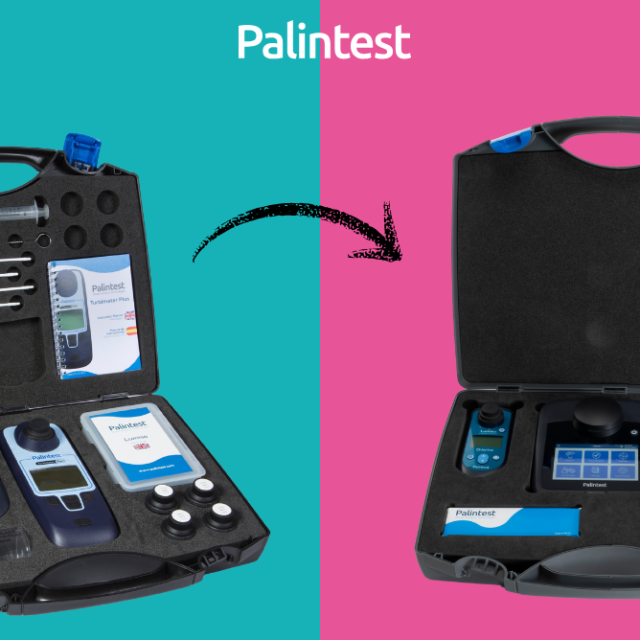
The Risks of Excessive Ozone in Industrial Water
Ozone, a potent oxidizing agent, plays a significant role in industrial water treatment. While its benefits in disinfecting and treating water are well-documented, the risks associated with excessive ozone levels cannot be overlooked. Managing these levels is crucial to ensure the safety and effectiveness of industrial water systems.
Impact on Equipment and Infrastructure
Excessive ozone concentrations in water can cause corrosion and damage to water treatment equipment. High levels of ozone can degrade materials commonly used in industrial systems, leading to increased maintenance costs and the potential for system failures. This not only impacts the longevity of the equipment but also affects operational efficiency.
Health Risks to Workers
The health implications of overexposure to ozone are substantial. High concentrations of ozone can lead to respiratory problems, skin irritation, and eye damage among workers. Ensuring that ozone levels remain within safe limits is essential to protect the health and wellbeing of those who work with or near these water treatment systems.
Environmental Considerations
While ozone is considered an environmentally friendly treatment option, its excessive use can have negative environmental impacts. Overuse can lead to the release of excess ozone into the atmosphere, contributing to air pollution and other environmental issues. It’s vital to balance the need for effective water treatment with the responsibility to protect the environment.
Effectiveness in Water Treatment
Overuse of ozone in water treatment can lead to diminishing returns. While it is effective at eliminating contaminants, too much ozone can lead to the formation of harmful byproducts. These byproducts can compromise the water quality and negate the benefits of using ozone in the first place.
Ensuring Proper Ozone Levels
Regular monitoring and precise control are key to managing ozone levels in industrial water systems. This involves using accurate testing methods and implementing systems to adjust ozone dosing as needed. Training for personnel in handling and monitoring ozone is also essential to mitigate the risks associated with its overuse.
A Highly Effective Option
Although ozone is a highly effective and environmentally friendly option for industrial water treatment, managing its levels is crucial. Excessive ozone can lead to equipment damage, health risks, environmental concerns, and reduced treatment effectiveness. By carefully monitoring and controlling ozone levels, industries can harness its benefits while minimizing its risks.




